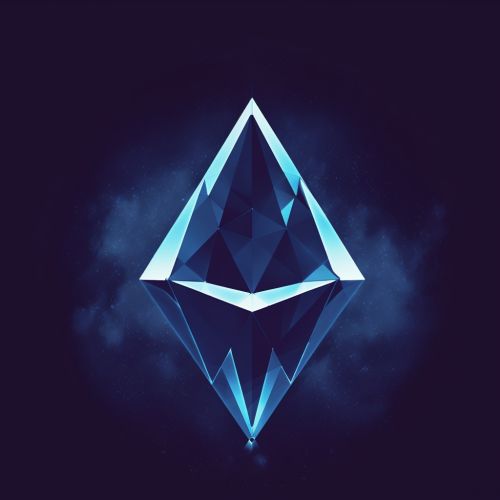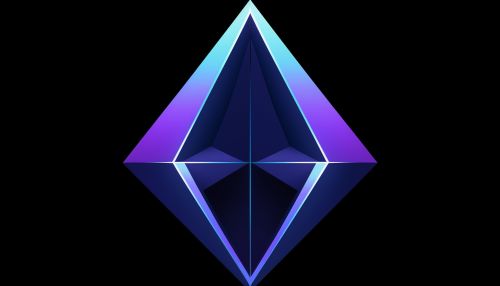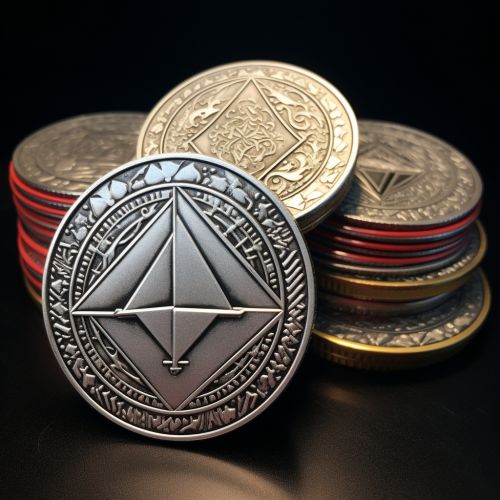Ethereum
Introduction
Ethereum is an open-source, blockchain-based platform that enables developers to build and deploy decentralized applications (dApps). It was proposed in late 2013 by Vitalik Buterin, a cryptocurrency researcher and programmer. The development of Ethereum was crowdfunded in 2014, and the network went live on July 30, 2015.


Overview
Ethereum's main innovation is the Ethereum Virtual Machine (EVM), a Turing-complete software that runs on the Ethereum network. It enables anyone to run any program, regardless of the programming language, given enough time and memory. The Ethereum network, in essence, is a global, decentralized supercomputer.
Ethereum Blockchain
The Ethereum blockchain records the state of every account on the Ethereum network. These accounts can be either externally owned accounts (EOAs), controlled by private keys, or contract accounts, controlled by their contract code. An EOA has an Ethereum balance and can send transactions (including ETH transfers and function calls), while a contract account has code, and its code is executed every time it receives a message call (either through a transaction or a contract).


Smart Contracts
Smart contracts are self-executing contracts with the terms of the agreement directly written into lines of code. They automatically execute transactions and run exactly as programmed without any possibility of censorship, downtime, fraud, or third-party interference. This makes them a very powerful tool for creating dApps and a wide array of financial and non-financial applications.
Ether
Ether (ETH) is the native cryptocurrency of the Ethereum platform. It is used to compensate participant nodes for computations performed and as a "fuel" for operating the distributed application platform Ethereum. It is a form of payment made by the clients of the platform to the machines executing the requested operations.


Decentralized Applications (dApps)
Decentralized applications or dApps are applications that run on a P2P network of computers rather than a single computer. Ethereum, with its robust blockchain, smart contracts, and Ether, provides an ideal environment for dApps. Examples of dApps built on Ethereum include decentralized finance (DeFi) platforms, games, and decentralized exchanges (DEXs).
Ethereum 2.0
Ethereum 2.0, also known as Eth2 or "Serenity", is an upgrade to the Ethereum blockchain. This upgrade aims to enhance the speed, efficiency, and scalability of the Ethereum network, enabling it to process more transactions and ease congestion. It will also switch the consensus mechanism from proof-of-work (PoW) to proof-of-stake (PoS), making the Ethereum network more secure and sustainable.


Criticisms and Controversies
Like any technology, Ethereum has faced its share of criticisms and controversies. These include issues related to scalability, energy consumption, and security. The DAO hack in 2016, where $50 million worth of Ether was stolen, resulted in a hard fork of the Ethereum blockchain, leading to the creation of Ethereum Classic.
